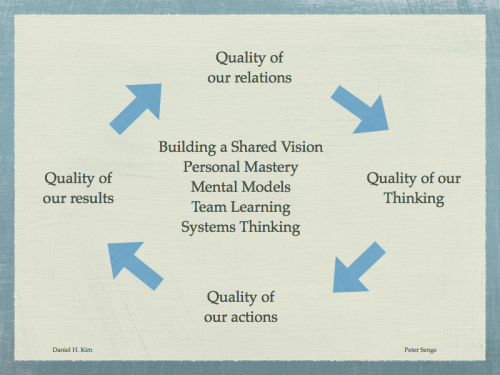According to a recent blog post on HBR Gallup has found that one of the most important decisions companies make is simply whom they name manager. But mostly they get it wrong. In fact, Gallup finds that companies fail to choose the candidate with the right talent for the job 82% of the time.
Gallup finds that great managers have the following talents:
They motivate every single employee to take action and engage them with a compelling mission and vision.
They have the assertiveness to drive outcomes and the ability to overcome adversity and resistance.
They create a culture of clear accountability.
They build relationships that create trust, open dialogue, and full transparency.
They make decisions that are based on productivity, not politics.
But…
Very few people are able to pull off all five of the requirements of good management. Most managers end up with team members who are at best indifferent toward their work — or are at worst hell-bent on spreading their negativity to colleagues and customers.
However, when companies can increase their number of talented managers and double the rate of engaged employees, they achieve, on average, 147% higher earnings per share than their competition.
Read the full article on HBR her
